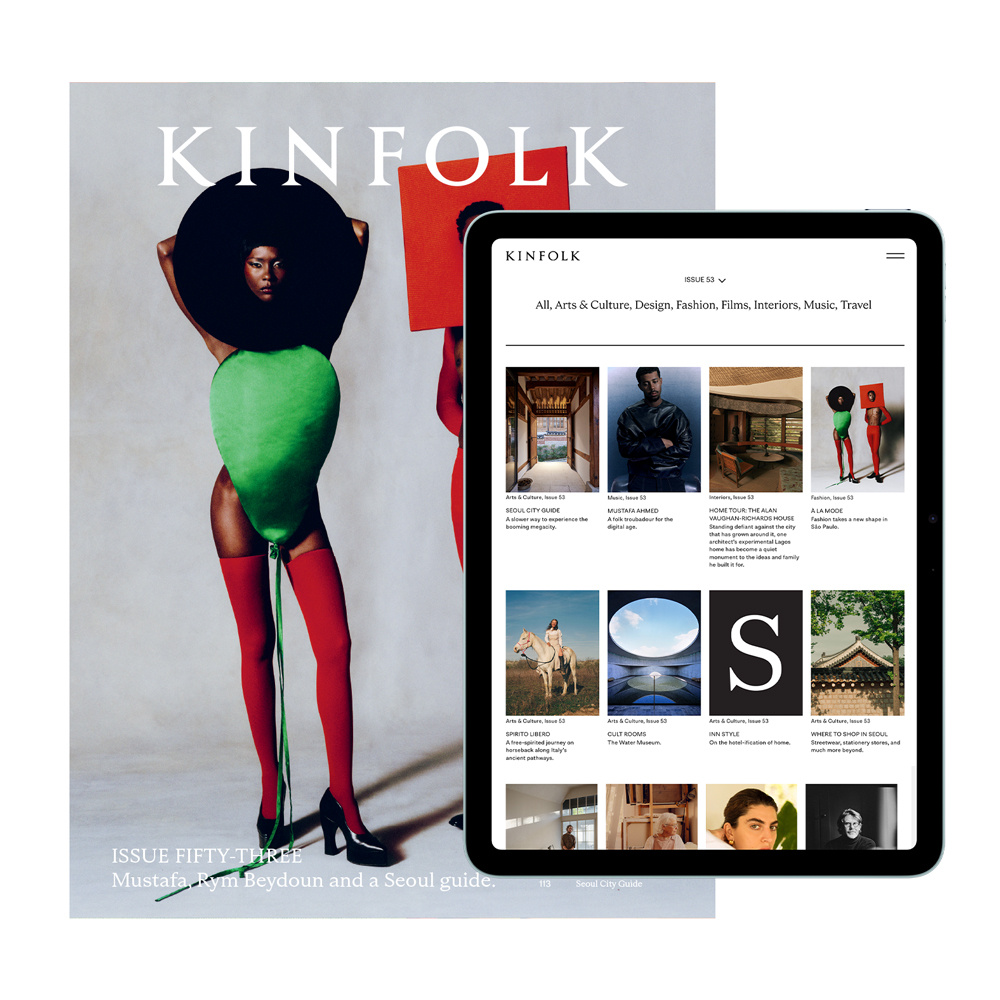
Modern Fancy The humble origins of high-end food.
Modern Fancy The humble origins of high-end food.
Oysters—which used to be sourced from river beds as cheap sustenance for impoverished workers—are now washed down with Champagne. Quinoa, a staple grain from the Andes, has become a costly commodity. Even caviar, a delicacy favored by the Russian elite, was once served as a free bar snack in American saloons in the hope that its saltiness would encourage drinking. If we can learn anything from these once-humble goodies, it’s that even the least glamorous can succeed with the right rebrand.
It turns out that a savvy reinvention, coupled with diminished availability, can transform even the shoddiest reputation. When early settlers first arrived on America’s East Coast, they had such an abundant supply of lobster that it became the diet of the poverty-stricken and the incarcerated...



